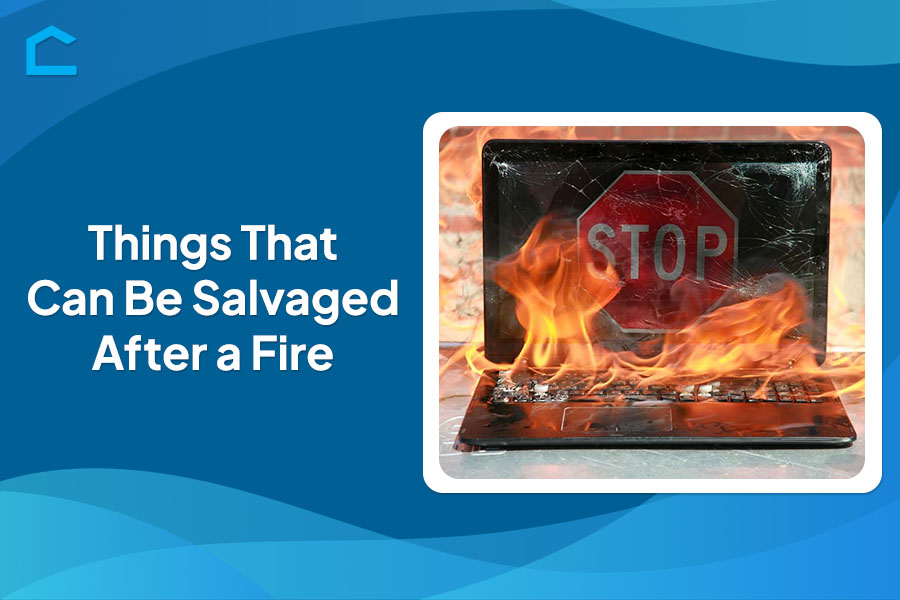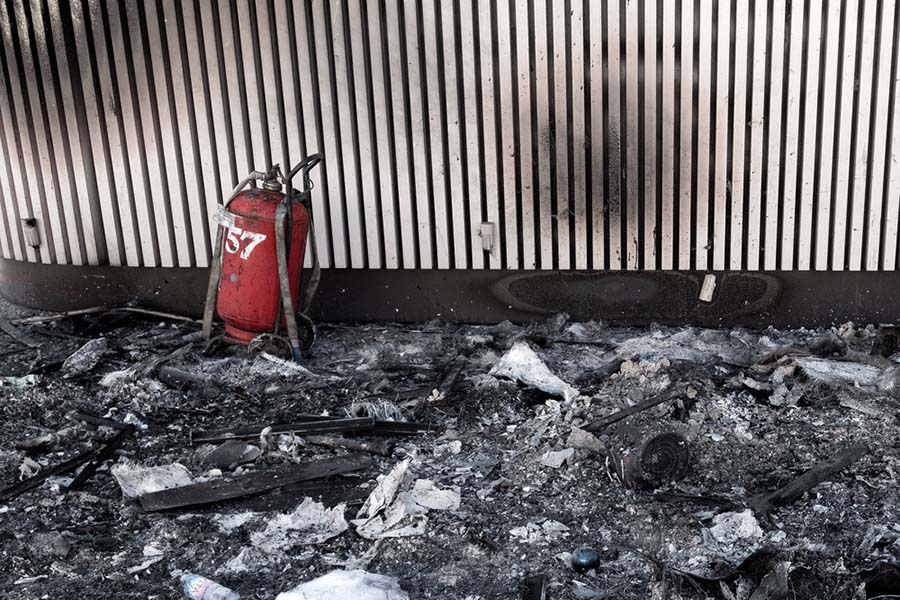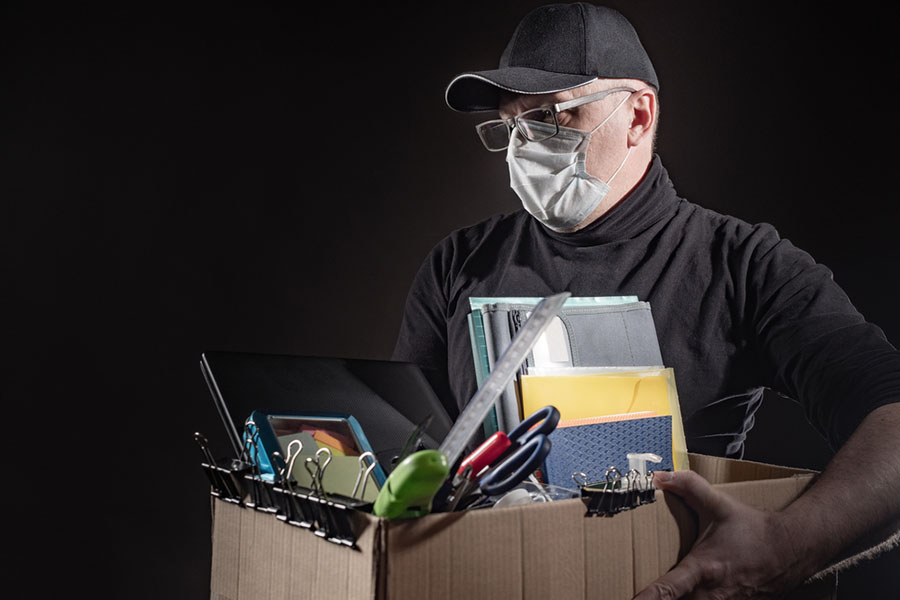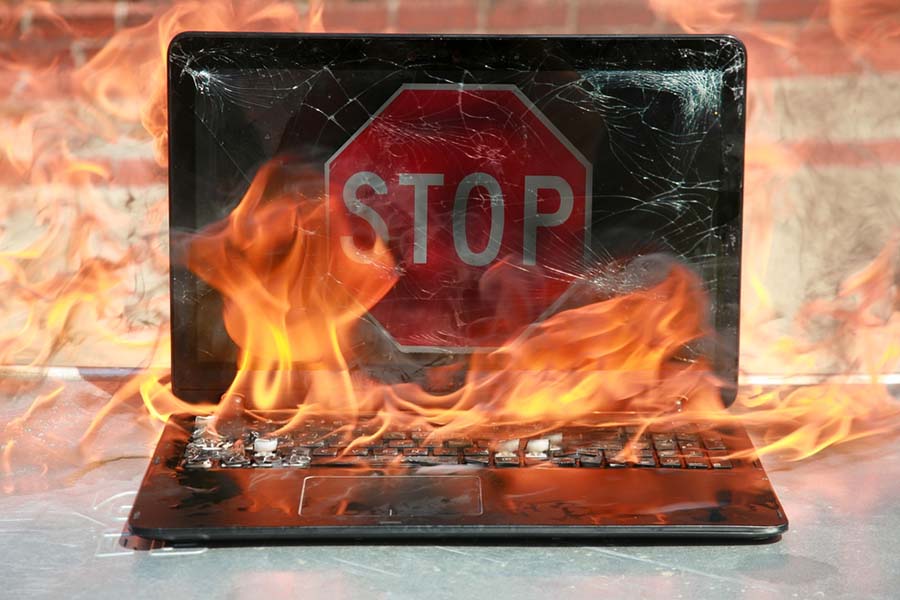Things That Can Be Salvaged After a Fire

The impact can be devastating when a fire ravages a home or business. Amidst the charred remnants and pervasive smoke damage, hope often emerges in the form of salvageable items. Understanding the things that can be salvaged after a fire is crucial, offering a glimmer of recovery amidst the chaos.
In this article, we’ll explore the various items and considerations involved in salvaging possessions after a fire and offer insights into restoration techniques. Let’s dive deeper into our insights and expert advice!

Things That Can Be Salvaged After a Fire
One of the first steps after a house fire is assessing what can be salvaged. Understanding what can be saved and restored is practical and emotionally significant for those affected. So, what can be salvaged after a house fire? Here are the different types of items and the best ways to clean and restore them:
Non-porous items
You can usually save glass, metal, and plastic items after a fire. These materials don’t absorb smoke or water easily. A simple cleaning with soap and water is usually enough for glass objects like dishes or vases.
However, metal items such as pots and pans may require special cleaning to prevent rusting. Also, plastic containers or kitchenware can often be salvaged if they haven’t melted. Even if these items appear dirty, they can typically be cleaned and reused.
Hard surfaces
Many hard surfaces in your home can usually be salvaged. Wooden furniture may require deep cleaning to eliminate smoke odors and may even need refinishing or repainting.
Metal countertops and appliances are generally cleanable and reusable. Moreover, laminate surfaces on furniture or counters can often be salvaged if they haven’t bubbled. For these items, using specialized cleaning products or seeking professional assistance can help restore them to their original condition.
Clothing and textiles
If you’ve experienced a fire, you can often salvage clothes and fabrics, but acting quickly is crucial. Smoke-damaged clothes may require multiple washes to eliminate the odor. And textiles affected by water should be cleaned promptly to prevent mold growth.
Even items with heat damage can sometimes be restored, especially natural fabrics like cotton, which tend to fare better than synthetics. But you must avoid discarding clothes or bedding immediately – many can be rescued through proper cleaning procedures.
Documents and photographs
You can sometimes save important papers and photos after a fire. To prevent further damage, they should be dried carefully.
Smoke-damaged documents can often be gently cleaned. However, water-damaged papers might require special freeze-drying for preservation.
Photos might usually be cleaned or copied to save them. If you have digital copies of documents or photos, that’s even better. Remember, professional fire damage restoration services can often assist with badly damaged papers or photos.

Jewelry and personal items
You might be surprised by what survives a fire. Metal jewelry, for example, can often be cleaned and restored. Family heirlooms and keepsakes, even if they appear badly damaged, are worth trying to save. Each type of item requires a specific cleaning method.
For some items, professional restoration help may be necessary. Even if something can’t be fully repaired, its sentimental value can be priceless. We advise you to take photographs of these items for insurance documentation.
Electronics and appliances
Electronics and appliances can often be salvaged after a fire. Small devices may work again if cleaned and dried properly. But larger appliances usually require professional cleaning and safety checks before use.
Computers and data storage devices are often recoverable, even if they appear damaged. The critical part is the data inside, which experts can often retrieve. Avoid powering on wet electronics; let them dry thoroughly and seek professional assistance if necessary.
Additionally, safety is paramount when handling fire-damaged items. Some items may seem intact but could pose risks if used. When uncertain, you should consult a professional. With careful handling and proper methods, you may be surprised by how many items can be rescued after a fire.

Assessing Salvageability
When assessing the salvageability of items after a fire, it’s crucial to conduct a thorough inspection. Here are factors to consider when determining whether an item can be salvaged:
- Extent of damage – Assess how severely the item has been affected by fire, smoke, or water. Items directly exposed to flames may have more damage than those further away.
- Material type – Different materials react differently to fire and water. Metals might withstand fire better than fabrics or plastics but could still suffer smoke damage.
- Smoke residue – Items exposed to smoke may retain odors and residue. Consider whether the smell and staining can be removed through cleaning or if they have permanently affected the item.
- Water damage – Items affected by firefighting efforts or water from burst pipes can suffer structural damage or mold growth. Determine if the item can be dried and restored without compromising its integrity.
- Electrical and mechanical damage: Appliances, electronics, and machinery may suffer from fire and smoke damage and electrical issues due to water exposure. Evaluate whether repairs are feasible and safe.
- Sentimental or functional value – Consider the item’s sentimental or functional importance. Items with high value or personal significance may warrant more effort in restoration.
- Professional assessment – In many cases, especially with valuable or complex items, it’s advisable to seek a professional assessment from restoration experts. They can provide detailed insights and recommend appropriate restoration techniques.
Conclusion
Recovering precious belongings can be a beacon of hope amidst devastation after a fire. Understanding the things that can be salvaged after a fire—whether it’s resilient, non-porous items, sentimental documents, or even cherished jewelry—provides a path to recovery.
Each item requires careful assessment based on its material, damage severity, and restoration feasibility. With strategic cleaning and professional assistance, many items can be reclaimed, offering practical and emotional relief.
Remember, seeking expert guidance might be the best chance of restoring what matters most after a fire!
